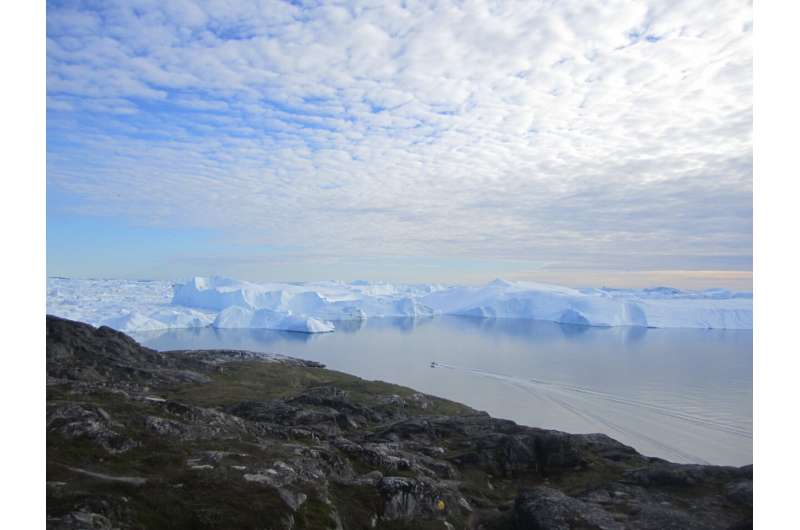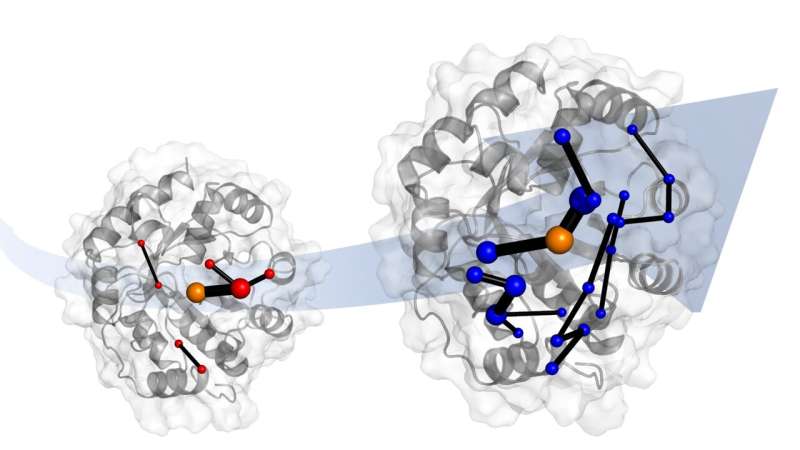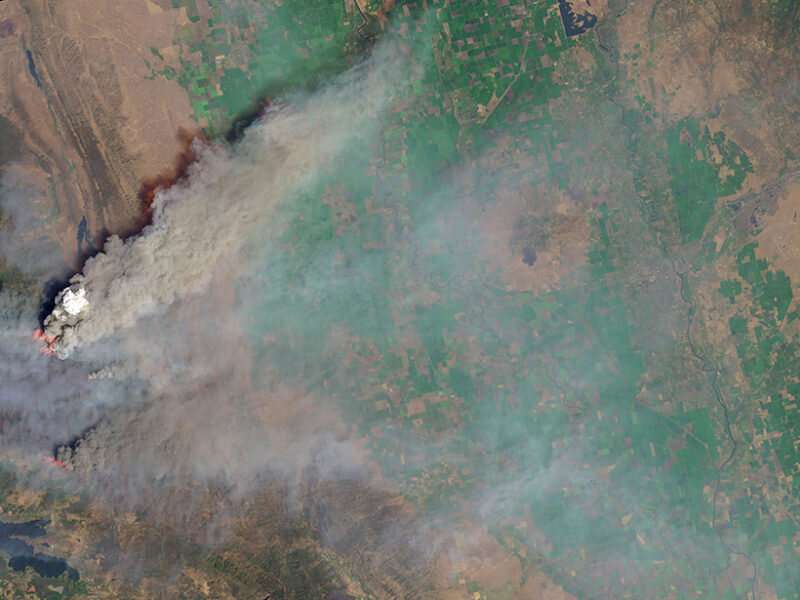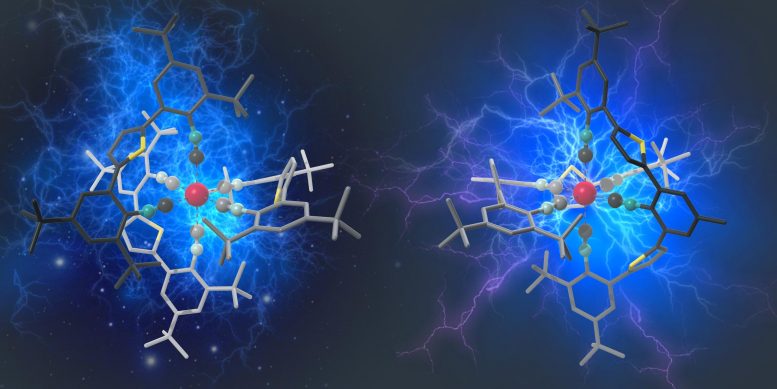Hubble’s ‘Weird’ Crumbling Comet Was Also Seen By Ancient Egyptians, Say Scientists

This pair of Hubble Space Telescope images of comet C/2019 Y4 (ATLAS), taken on April 20 and April … [+]NASA, ESA, Quanzhi Ye (UMD) IMAGE PROCESSING: Alyssa Pagan (STScI)
About 5,000 years ago, the first humans were settling in what would become Egypt in the Nile River valley may have seen a spectacular comet in the early morning night sky that later split into two.
How could scientists possibly know that? After all, there is no written record of such an event. It’s because both fragments of that comet have since returned—one in 1844 and the other just last year—and we can track their orbital paths backwards through time.
That’s the claim by a new paper published today in the Astronomical Journal. Using observations from NASA’s Hubble Space Telescope, astronomer Quanzhi Ye of the University of Maryland in College Park reports that comet ATLAS (C/2019 Y4)—imaged by Hubble in 2020—is likely to be a piece of the same larger comet that caused the 1844 comet.
The New Comet, drawn at the Royal Observatory, Greenwich, 1844. From “Illustrated London News”, … [+]
The bright fragment from 1884 won’t return until the 50th century, but at least it will return. In 2020, Comet ATLAS famously disintegrated on camera when still 100 million miles from the Sun.
Comets are fragile lumps dust and ice that hang out in the farthest reaches of the Solar System, but they orbit the Sun, so swing into the inner Solar System once in a while.
The “Great Comet” of 1844 is reported to have shone as bright as Sirius, the brightest star in the night sky. Comet ATLAS, is seems, followed the same orbital path.
Trace their motions back in time and, claims Ye (along with amateur astronomer Maik Meyer), Comet ATLAS and the 1844 comet are likely to be two parts of a much larger comet last in the Solar System 5,000 years ago.
It would have swept just 23 million miles from the Sun. That’s closer than the orbit of the planet Mercury.
Comet Neowise, over a silhouetted Stonehenge, Wiltshire, England, UK on the 12th July 2020.
If that’s the case, then Comet ATLAS really was “weird,” according to Ye. “If it broke up this far from the Sun how did it survive the last passage around the Sun 5,000 years ago? This is the big question,” he said. “It’s very unusual because we wouldn’t expect it … this is the first time a long-period comet family member was seen breaking up before passing closer to the Sun.”
Comet ATLAS was first detected by the Asteroid Terrestrial-impact Last Alert System (ATLAS), operated by the University of Hawaii. Its untimely demise remains a mystery.
Wishing you clear skies and wide eyes.









